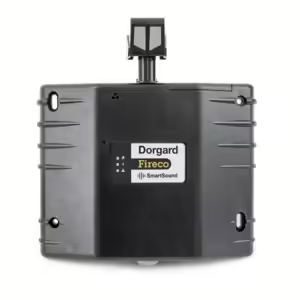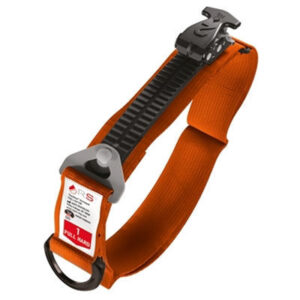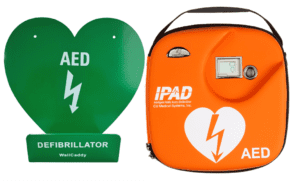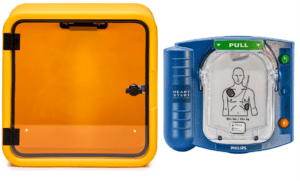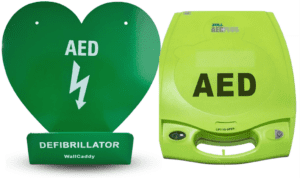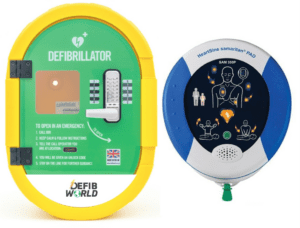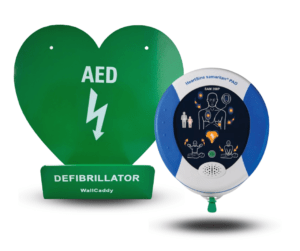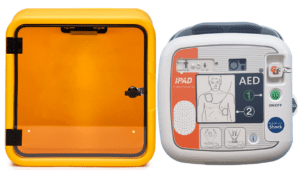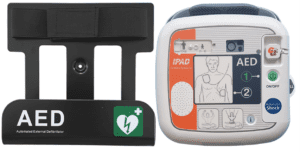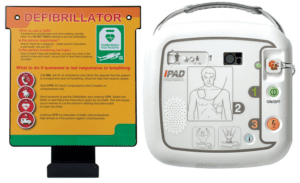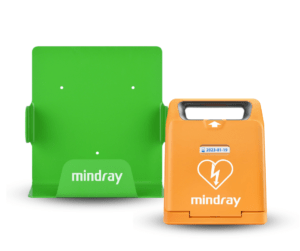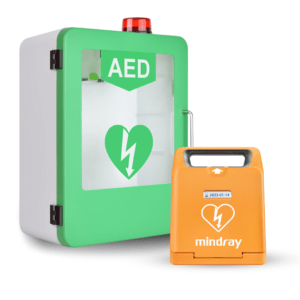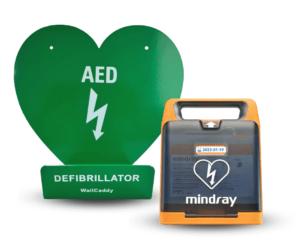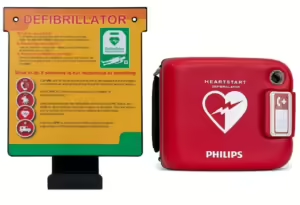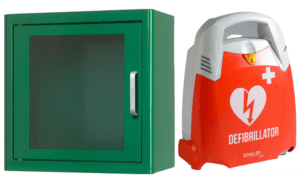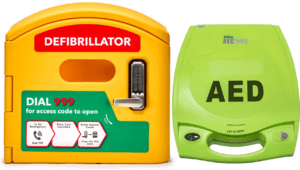Why You Need a Defibrillator at Home
Having an automated external defibrillator at home can significantly increase the chances of survival in the event of cardiac arrest. Here’s why:
- Rapid Response: A home defibrillator allows you to act quickly, providing immediate treatment before emergency services arrive. Every minute counts in a cardiac emergency, and having a defibrillator on hand can make all the difference.
- User-Friendly: Modern automated external defibrillators (AEDs) are designed for ease of use, with clear instructions and visual cues to guide even untrained users through the process. This means that anyone in your household can operate the device effectively in an emergency.
- Peace of Mind: Knowing that you have a defibrillator at home provides peace of mind, especially if you or a loved one has a known heart condition or is at higher risk of cardiac events.
Choosing the Right Home Defibrillator
When selecting a defibrillator for home use, consider the following factors:
- Fully Automatic vs. Semi-Automatic: Fully automatic AEDs administer the shock automatically when needed, while semi-automatic models require the user to press a shock button. Both are effective, but fully automatic models may be preferable for home use due to their simplicity.
- Battery Life and Maintenance: Ensure the defibrillator has a long-lasting battery and easy-to-follow maintenance requirements. Regular checks are essential to ensure the device is always ready for use.
- Accessibility and Storage: The defibrillator should be stored in a location that is easy to access during an emergency. Consider mounting it on a wall bracket in a central area of your home.
- Training and Familiarisation: Although AEDs are user-friendly, it’s beneficial to familiarise yourself and your family with the device. Many manufacturers offer training materials and courses to help you feel confident in using the device.
Key Features of Home Defibrillators
Modern home defibrillators are equipped with a range of features designed to ensure proper use and increase the chances of survival:
- Clear Instructions: AEDs come with voice prompts and visual cues to guide users through each step of the process, including how to perform CPR if necessary. These instructions are designed to be simple and easy to follow, even in high-stress situations.
- Real-Time CPR Feedback: Some models provide real-time feedback on the quality of CPR being administered, helping to ensure that chest compressions are effective. This feature can significantly improve the quality of treatment provided before emergency services arrive.
- Visual Indicators: Devices often include LED displays or other visual indicators to guide users and confirm that the device is functioning correctly. These displays can show battery life, electrode pad status, and other critical information.
- Durability: Look for a device that is built to last, with a rugged design that can withstand being stored in various environments. Many home AEDs are designed to be portable, allowing you to carry them on trips or to family gatherings.
The Role of Defibrillators in Ensuring Family Safety
A home defibrillator is more than just a medical device; it’s an investment in the safety and well-being of your family. Here’s how a home defibrillator can play a vital role in protecting your loved ones:
- Immediate Action: In the event of a cardiac emergency, having a defibrillator at home ensures that you can act quickly, providing immediate care before the arrival of an ambulance.
- Protecting High-Risk Individuals: If you have family members who are at higher risk of cardiac arrest due to age, pre-existing conditions, or lifestyle factors, a defibrillator at home provides an added layer of protection.
- A Safer Home Environment: Just as you would install smoke detectors to protect against fire hazards, a defibrillator is a crucial component of a safe home environment, prepared to handle medical emergencies.
- Confidence in Crisis: Knowing that you have the tools to respond to a cardiac emergency can provide confidence and calm in what could otherwise be a chaotic situation
How to Use a Home Defibrillator
Using a home defibrillator is designed to be straightforward, with most devices guiding you through the process step-by-step:
- Turn on the AED: The first step is to turn on the device, which will automatically start providing instructions.
- Apply the Pads: Place the adhesive pads on the person’s chest as indicated by the device. These pads will detect the heart’s rhythm and determine if a shock is needed.
- Follow the Prompts: The device will analyze the heart’s rhythm and advise whether a shock should be delivered. If using a semi-automatic AED, you will need to press the shock button when prompted.
- Continue CPR: After delivering the shock, continue with CPR if necessary, following the device’s instructions until emergency services arrive.
Be Prepared, Save Lives
A home defibrillator is a vital tool in protecting your family from the unpredictable nature of sudden cardiac arrest. With the ability to act quickly and provide life-saving treatment, a home AED ensures that you are prepared for the worst, giving your loved ones the best chance of survival. Whether you live in a bustling household or a quiet home, the presence of a defibrillator can bring peace of mind, knowing that you are ready to handle a cardiac emergency.
For further information on selecting the right defibrillator for your home, or to explore the options available, visit the Defib World website today. Make the best choice for your family’s safety and ensure that you are always prepared to act quickly in a cardiac emergency. Contact us today!



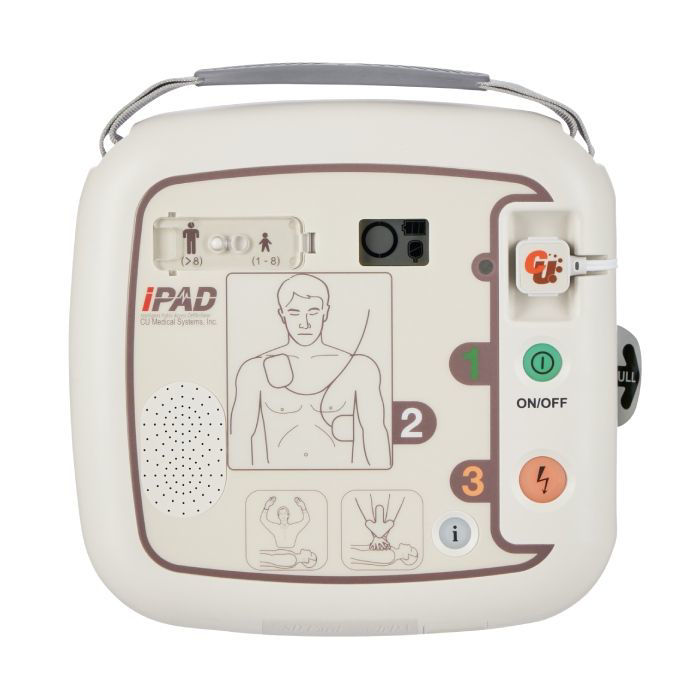

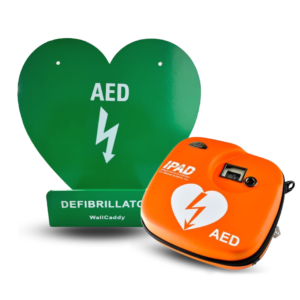
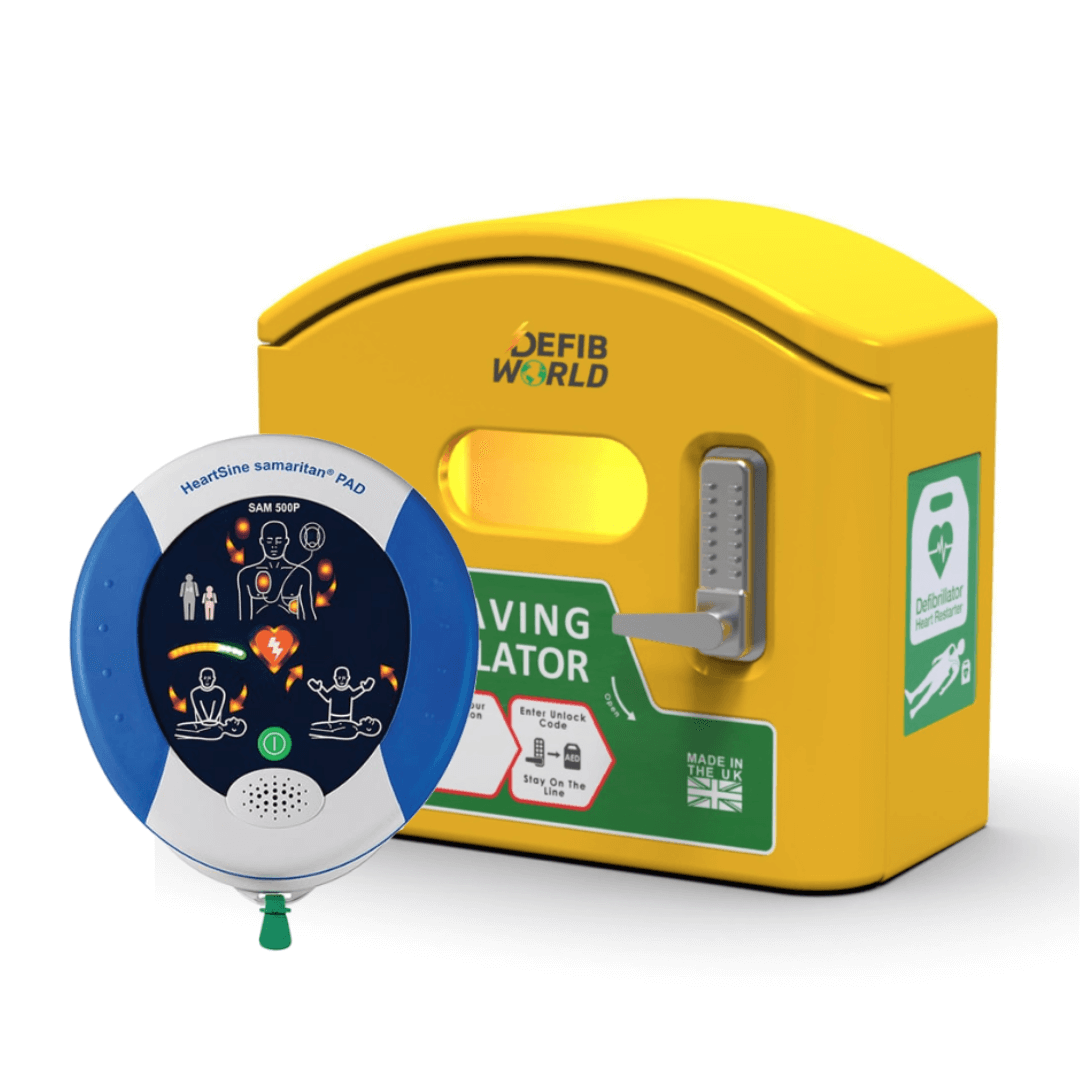
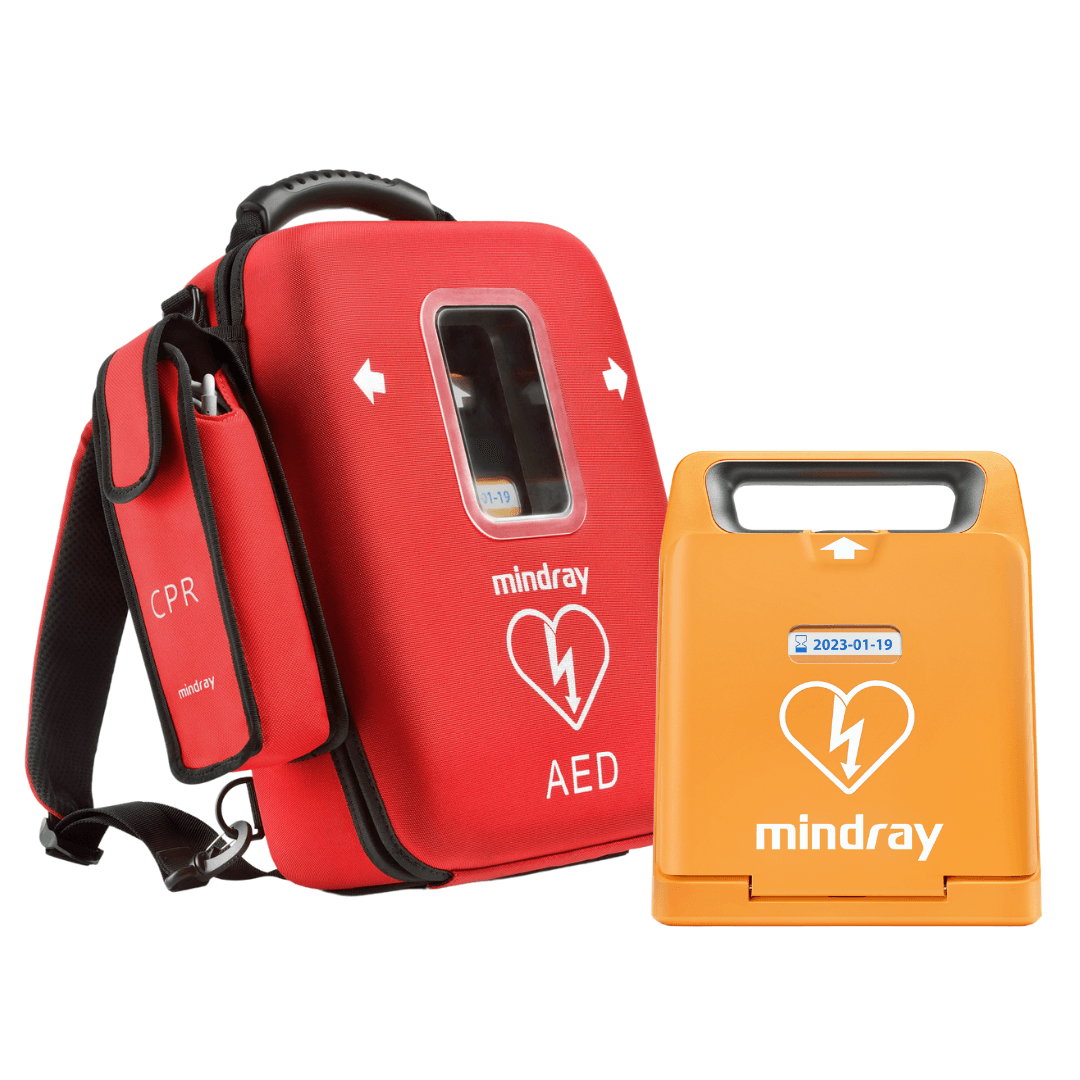
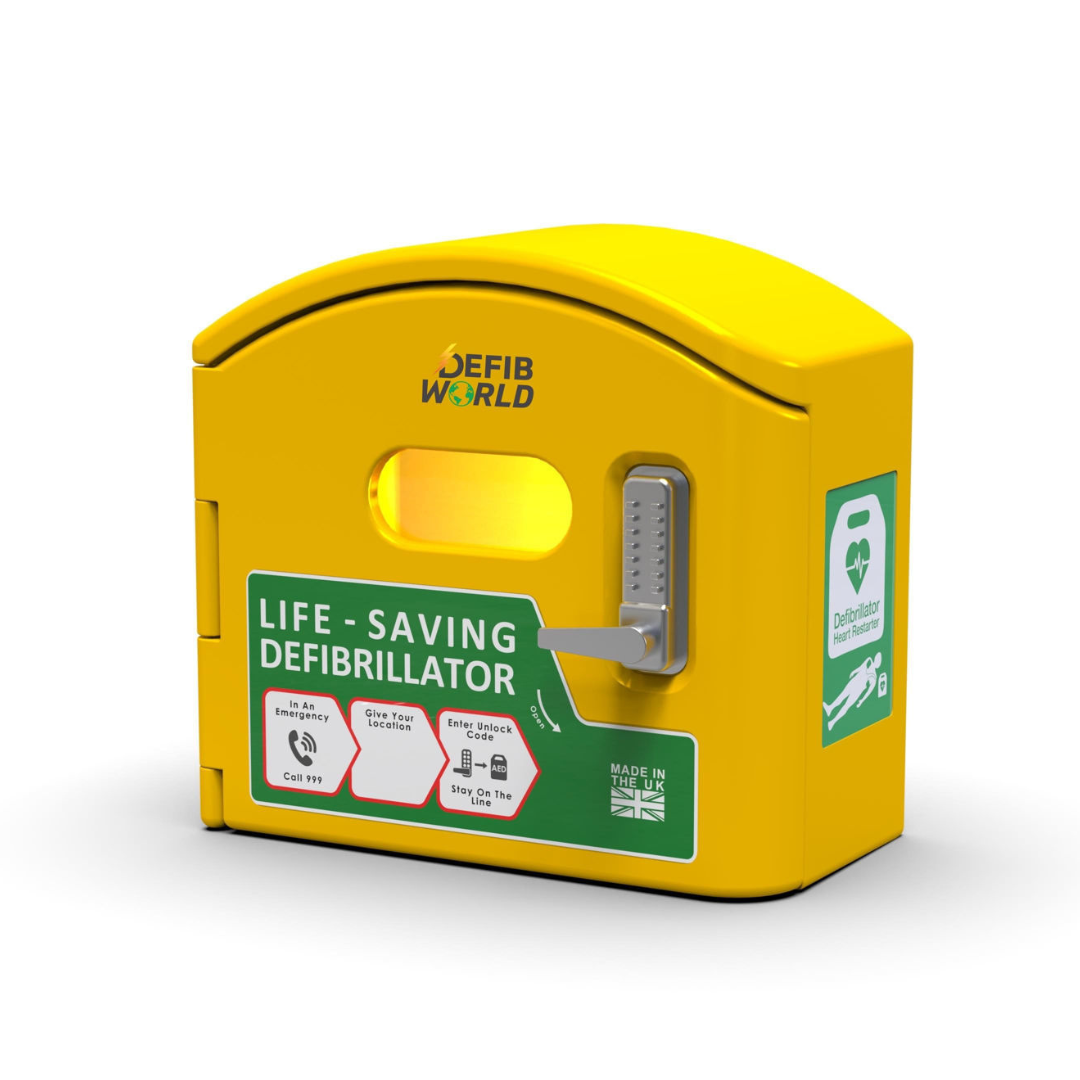
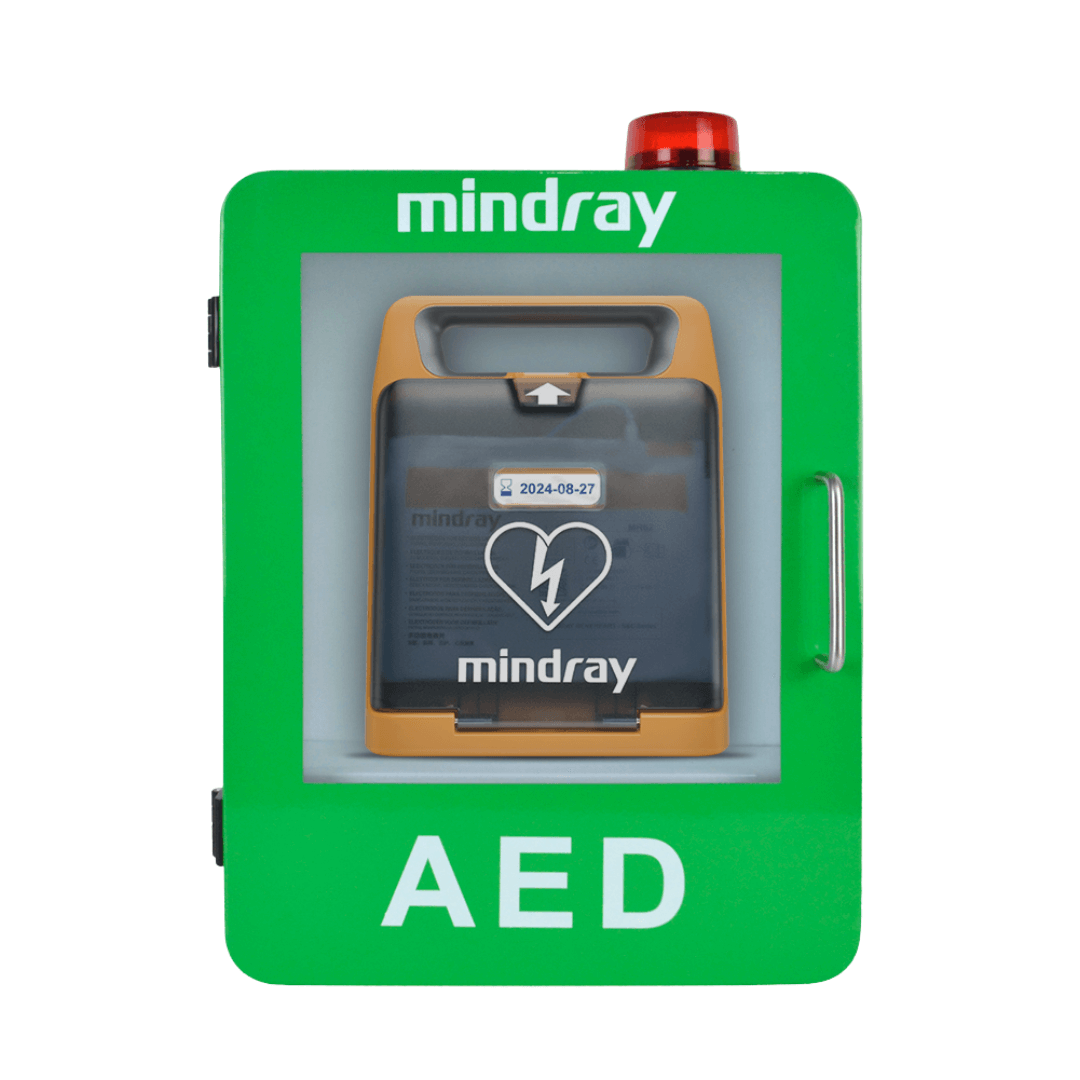
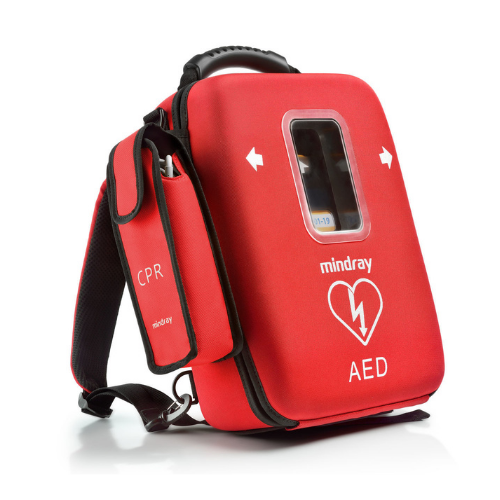
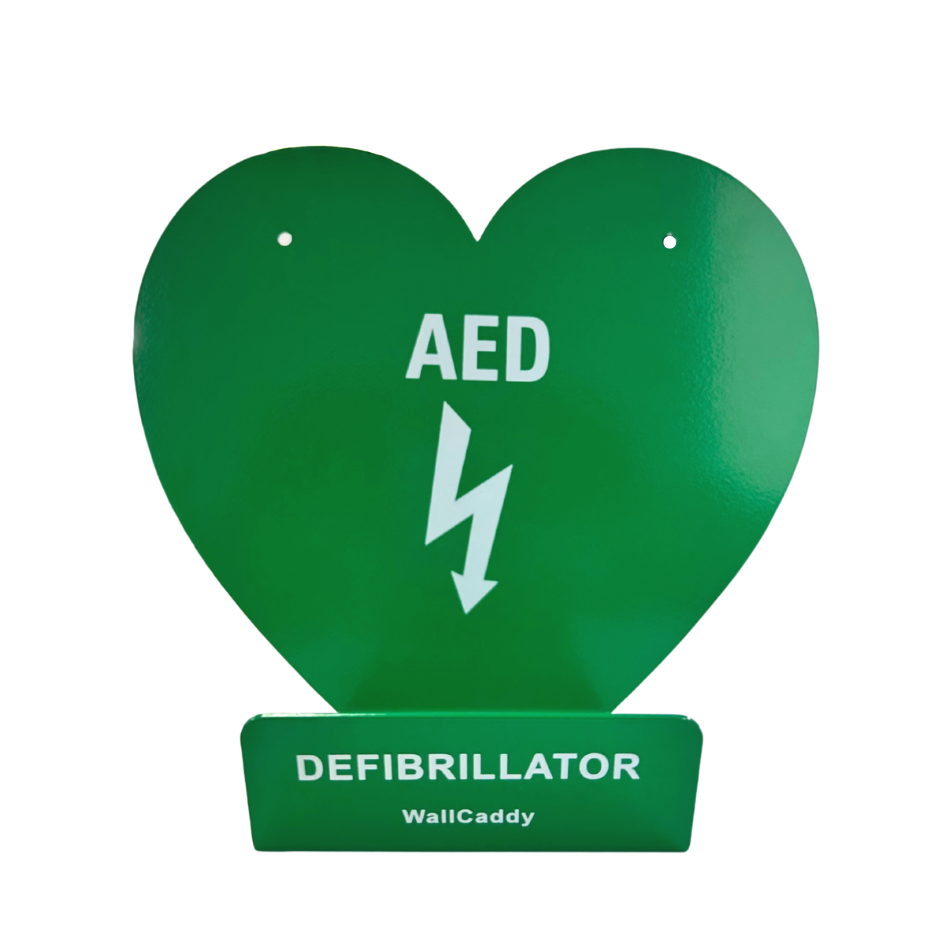

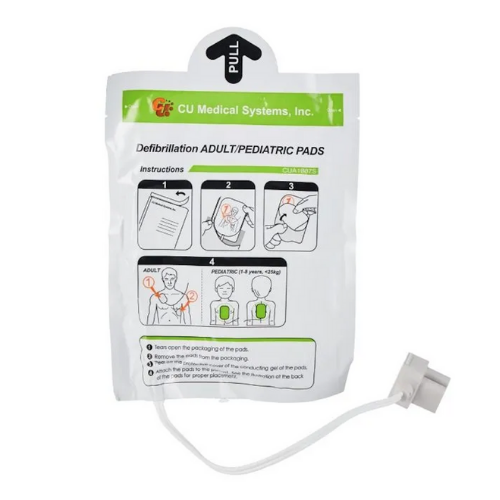
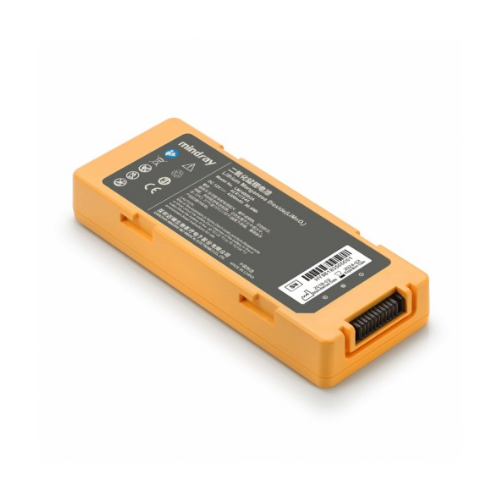
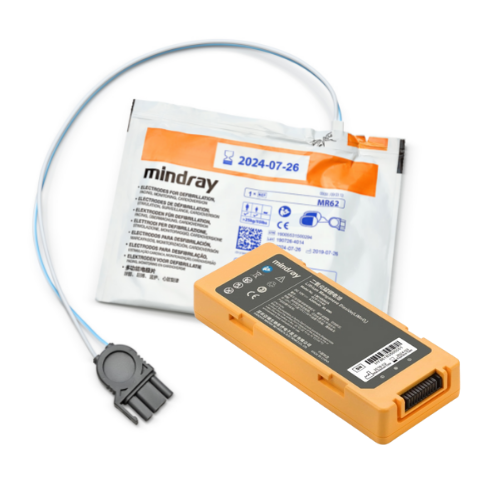
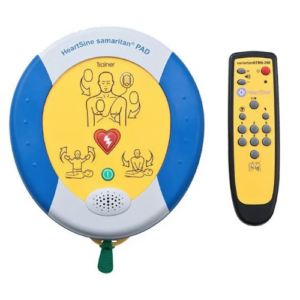

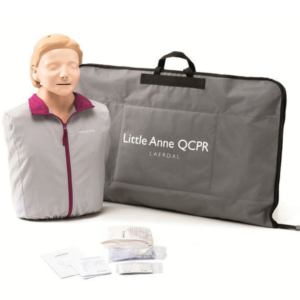
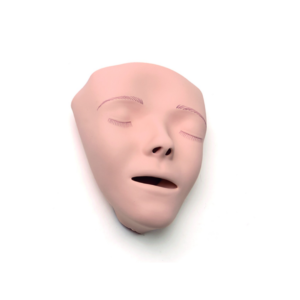
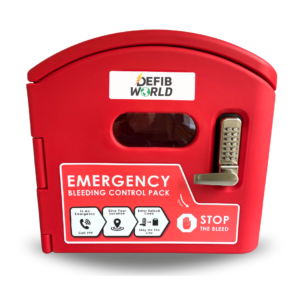



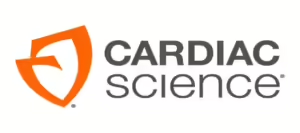
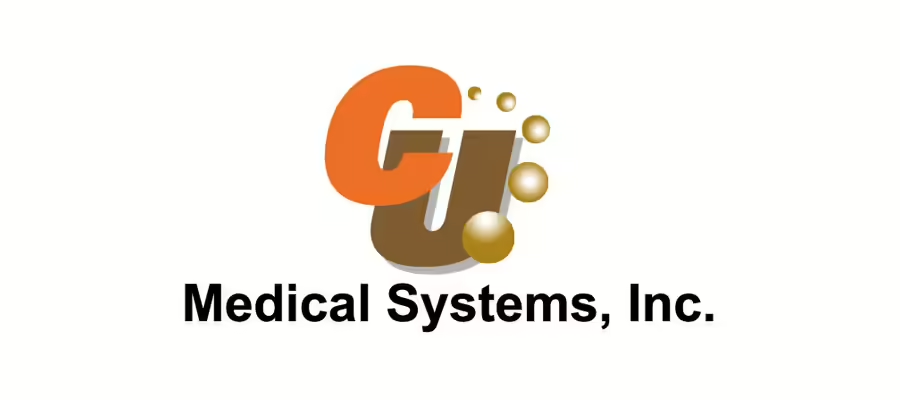











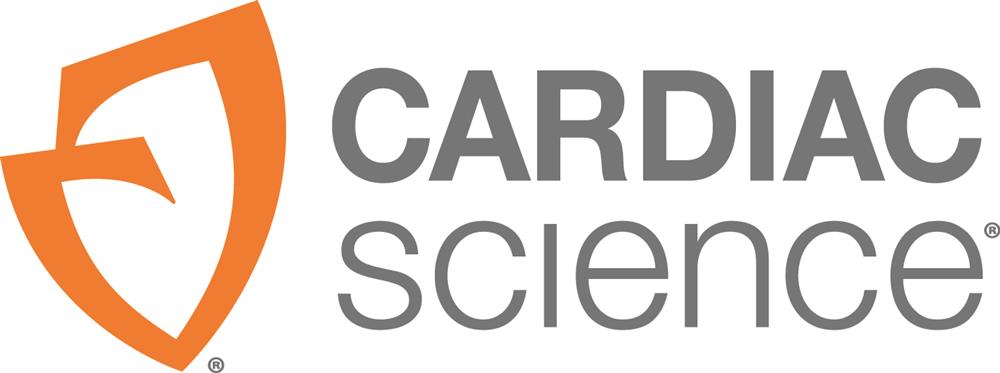
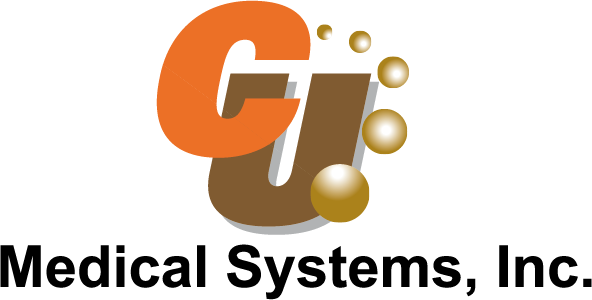
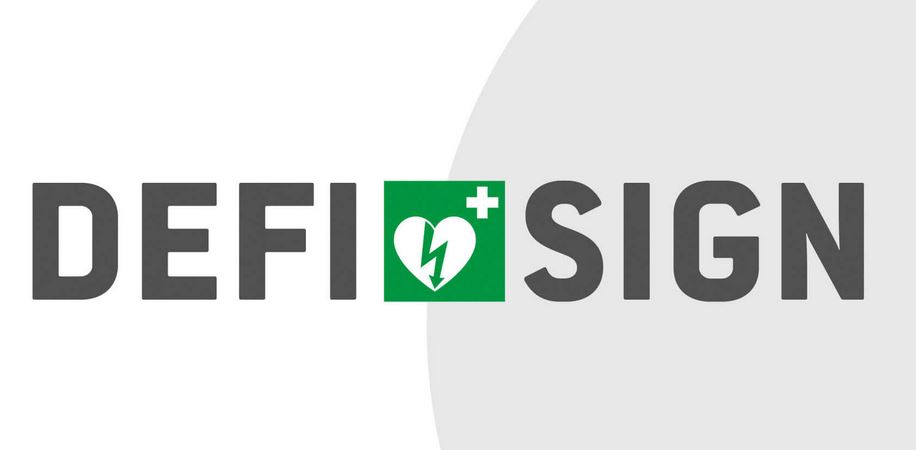



.svg.png)


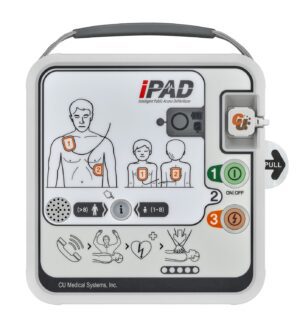
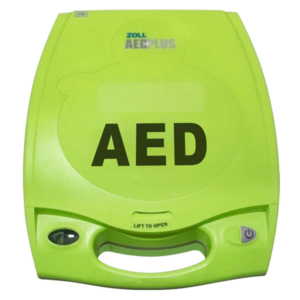



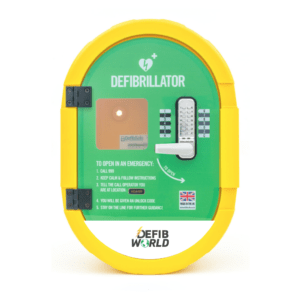

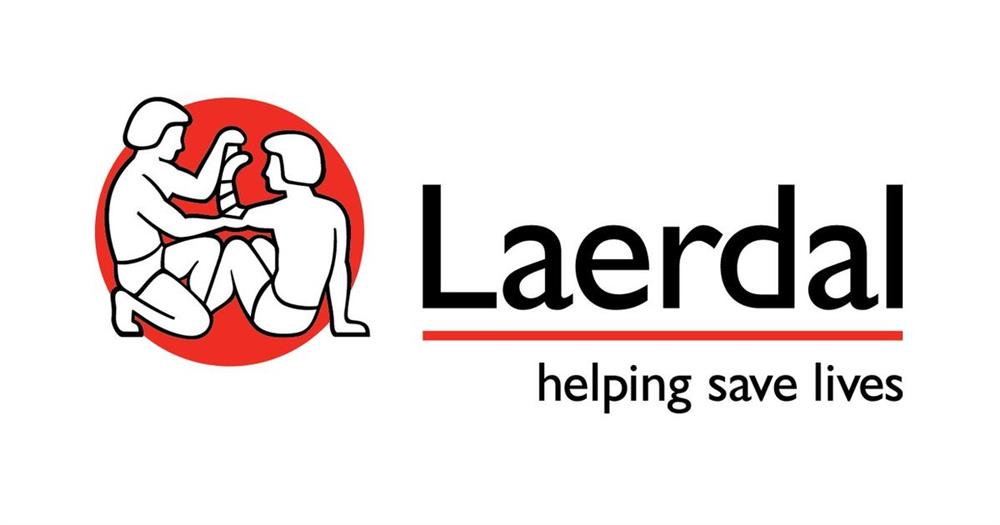

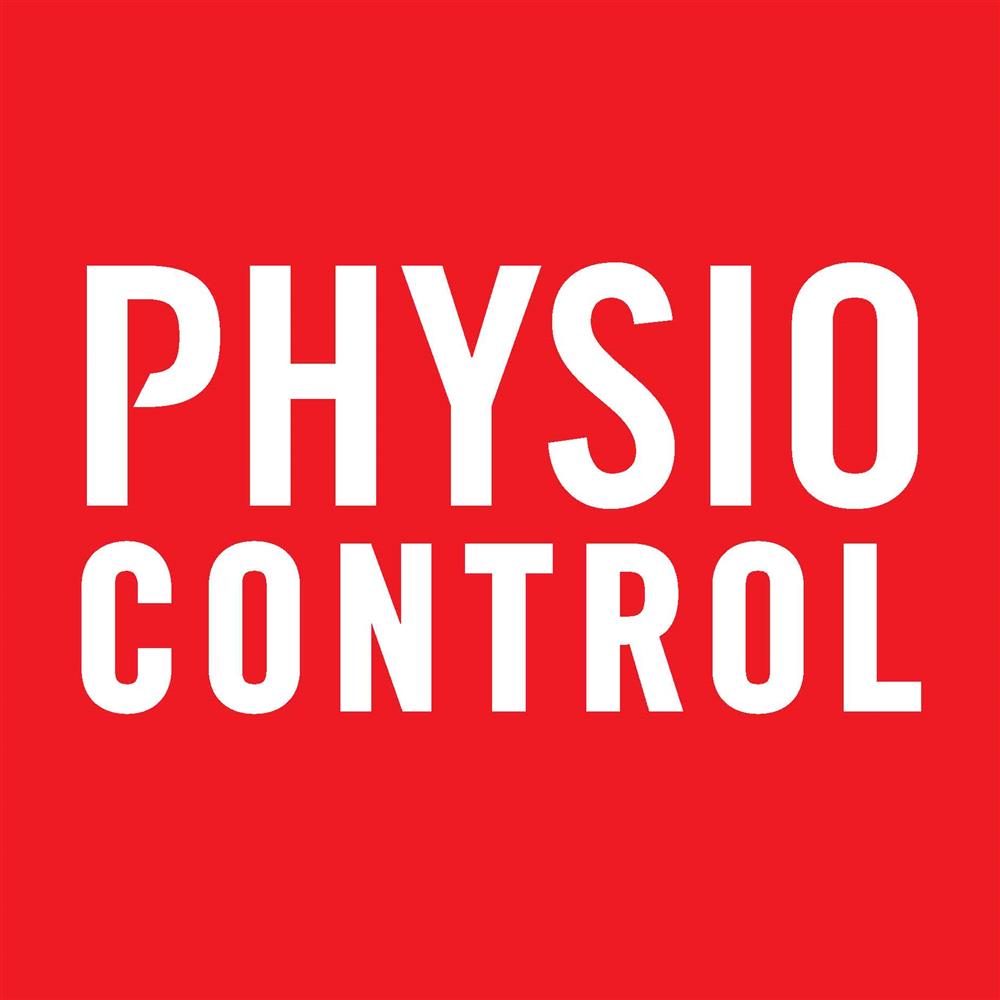
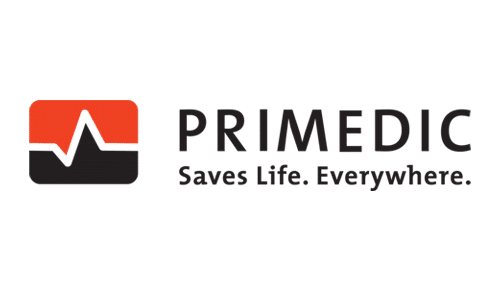

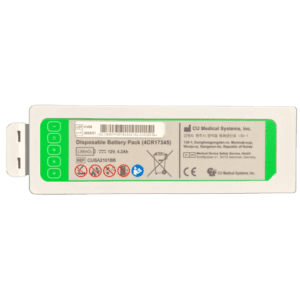
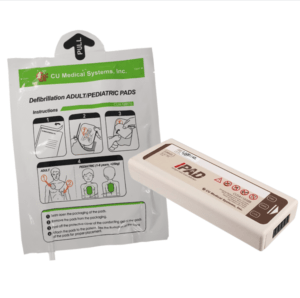
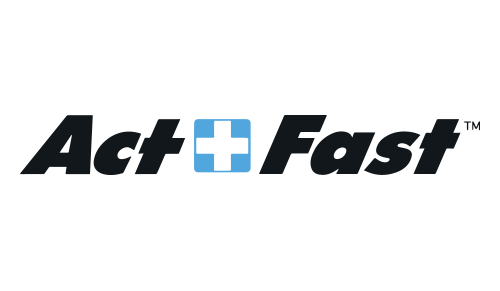

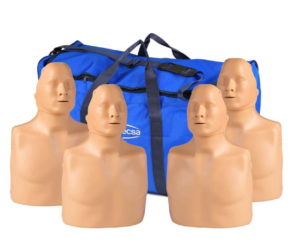
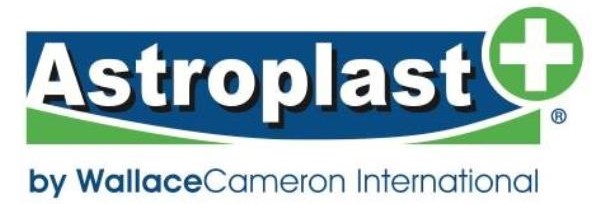



.jpg)
